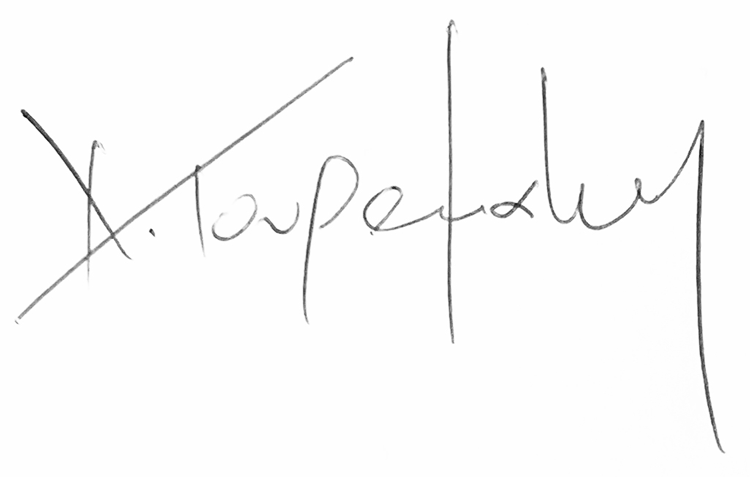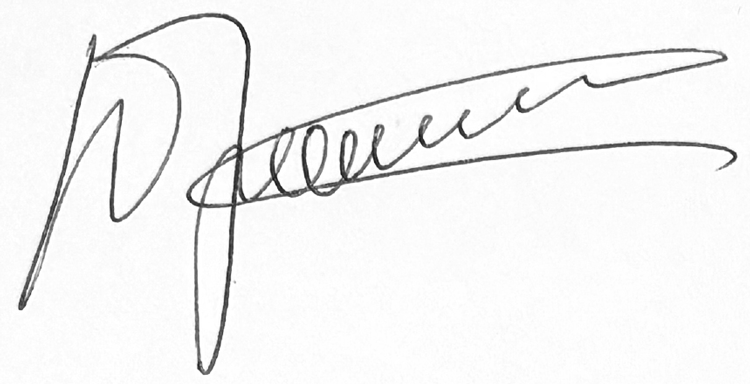Preface
Preface
Now more than ever, particle physics is an international, even global, endeavor. The experiments needed to address the most profound questions of our field often require resources and cooperation at a global scale and can take more than a decade to design and build. We found the scope of our charge and the responsibility it represents humbling. Throughout our deliberations, we were aware that the impact of our recommendations would be felt past the end of the next decade and beyond the borders of the US particle physics program. The recommended program reflects the consensus of the panel.
The 2014 P5 report laid the foundations for the current particle physics program. Embracing its recommendations positioned the US as a leader and strong international partner in efforts that encompass neutrino and flavor physics, the study of dark matter and cosmic evolution, and collider experiments. The community stands on the threshold of realizing the enormous scientific potential of the 2014 P5 program.
At the same time, the community-driven planning process organized by the Division of Particles and Fields of the American Physical Society produced a spectrum of exciting new ideas for the future. We thank the particle physics community members in the US and abroad for their dedication and thoughtful input, not only through the community planning process, but in numerous town halls, talks, and private communications.
The enthusiasm and engagement of early career participants, both in the planning process and in recent town halls, has been truly inspiring. They are the future leaders who will bring to life the goals and aspirations outlined in this report.
We strove to craft a balanced program in terms of scientific focus, project timescales, and the interplay between ongoing initiatives and the innovation essential for the future. Adhering to fiscal constraints means that not every ambitious endeavor can be immediately realized. Agile, adaptable, and forward-looking projects are essential to the balance. Sustained progress over the next decade requires enhanced investment in research, theoretical frameworks, critical infrastructure, and emerging technologies. Also crucial is the commitment to build a respectful and inclusive community. We hope the resulting program enables early career researchers to spearhead progress and shape the future.
We are excited to present our vision for US particle physics, one that builds on recent investments and successes, while opening pathways to innovation and discovery in the quest to explore the quantum universe.
Respectfully submitted,
2023 Particle Physics Project Prioritization Panel

Shoji Asai
University of Tokyo

Patrick Huber
Virginia Tech

Richard Schnee
South Dakota School of Mines & Technology

Amalia Ballarino
CERN

Kendall Mahn
Michigan State University

Sally Seidel, Interim HEPAP chair, ex officio since June 2023
University of New Mexico

Tulika Bose
University of Wisconsin-Madison

Rachel Mandelbaum
Carnegie Mellon University

Seon-Hee Seo
IBS Center for Underground Physics, Fermi National Accelerator Laboratory

Kyle Cranmer
University of Wisconsin-Madison

Jelena Maricic
University of Hawaii at Manoa

Jesse Thaler
Massachusetts Institute of Technology

Francis-Yan Cyr-Racine
University of New Mexico

Petra Merkel
Fermi National Accelerator Laboratory

Christos Touramanis
University of Liverpool

Sarah Demers
Yale University

Christopher Monahan
William & Mary

Abigail Vieregg
University of Chicago

Cameron Geddes
Lawrence Berkeley National Laboratory

Hitoshi Murayama, Chair
Univeristy of California, Berkeley

Amanda Weinstein
Iowa State University

Yuri Gershtein
Rutgers University

Peter Onyisi
University of Texas at Austin

Lindley Winslow
Massachusetts Institute of Technology

Karsten Heeger, Deputy Chair
Yale University

Mark Palmer
Brookhaven National Laboratory

Tien-Tien Yu
University of Oregon

Beate Heinemann
DESY

Tor Raubenheimer
SLAC National Accelerator Laboratory/Stanford University

Robert Zwaska
Fermi National Accelerator Laboratory

JoAnne Hewett, HEPAP chair, ex officio until May 2023
SLAC National Accelerator Laboratory

Mayly Sanchez
Florida State University

2023 Particle Physics Project Prioritization Panel in Denver, August 2023. Photo: Rowena Smith
